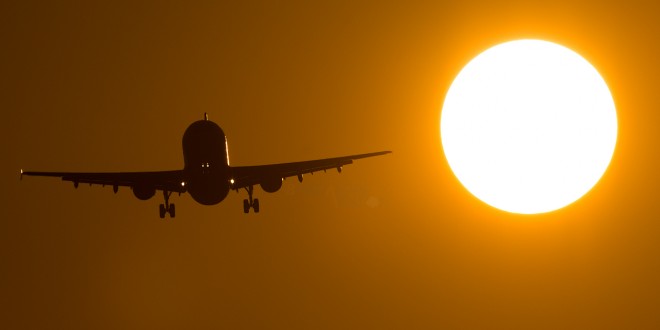Last Sunday, June 15th, The Economic Times newspaper carried my opinion piece on the excessive meddling of the Indian civil aviation regulator the Directorate General of Civil Aviation or DGCA in short, in the day-to-day operations of airlines in India.
Using the example of how the DGCA, in direct contradiction of its own policies (read DGCA ATC 3 of 2013 here), reportedly, forced the newest airline in India, AirAsia India, to offer 15kg check-in baggage free of charge, I said
The Indian aviation regulator, Directorate General of Civil Aviation (DGCA), is following a decades-old rulebook. Instead of acting as a regulator, it seemingly revels in the role of a commercial meddler, hell-bent on telling airlines in India how to run their businesses.
I have no brief for AirAsia. On a current trip to South-East Asia, when I found an AirAsia ticket from Penang in Malaysia to Singapore cost Rs.5,700, only Rs.300 cheaper than a Singapore Airlines (after adding in the cost of check-in baggage, a meal, and a standard pre-assigned seat) it is but natural I chose Singapore Airlines. Not added in my comparison, was the additional privileges, including lounge access, I receive as Star Gold elite status frequent flier.
A regulator has to ensure safety of the travelling public, as well as a level playing field by ensuring airlines treat passengers fairly. The repeated cases of ill-treatment of the physically challenged by airlines in India, exemplifies the areas where the DGCA must focus its extremely limited resources.
Along with criticism, though, I always advocate offering solutions, and two solutions I proposed in the article were:
- Requiring airlines to publish each flight’s average on-time performance (OTP) record using the last month’s data at the time of booking. This is already being done in the United States, and in some parts of Europe, and allows passengers to make more informed choices.
- Being fair to passengers who get caught in traffic jams and are delayed due to causes beyond their control, by introducing the “Tyre Puncture” rule as I had detailed in an earlier article.
These are just two of what I sure are many ideas from passengers on how the DGCA can make life better for the aviation industry as a whole.
Please take the time to read my complete Op-Ed article here, and do share your thoughts, via a comment, on how the DGCA can improve regulations for the aviation industry in India, which includes us passengers.
 Bangalore Aviation News, Reviews, Analysis and opinions of Indian Aviation
Bangalore Aviation News, Reviews, Analysis and opinions of Indian Aviation





Tyre puncture? Seriously? How about improving roads or leaving enough time to reach the airport?